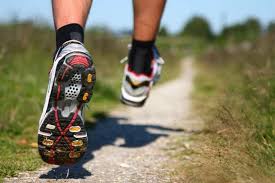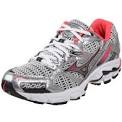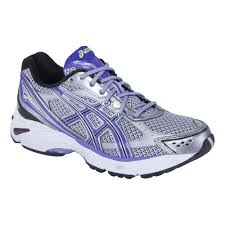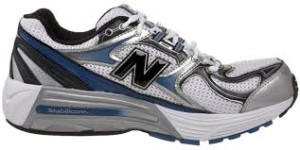I never knew shoes could make a difference until a friend and I did a long run on a Saturday morning. Derek and I had been running for 10+ months training for a marathon. We’d done several 16+ mile runs and decided we were going to do an 18 miler this particular Saturday morning. Derek showed up with new shoes he was planning to break in for the first 6 miles. However 2 miles into the run his shins were hurting so bad he had to quit.
The next weekend Derek showed up with the old shoes and completed a 20 mile run without any shin pain. The only thing that had changed was the shoes and with this my running shoe research began.
Do you know what type of running shoe you need? What type of foot do you have? What type of wear pattern do you have on your shoes? Do you currently have foot, shin or knee pain? It may be your shoe selection.
Running shoe manufacturers make three kinds of shoes. They make a neutral shoe, stability shoe, and a motion control shoe. Your food type determines the type of shoe you need.
If you have a high arch and wear the inside heel of your shoe you need a neutral shoe. Only about 5% of the population needs this type of shoe. However, if you don’t know what you’re looking for, chances are you will come home with a neutral shoe. Neutral shoes are the cheapest and most prevalent on most shoe store shelves.
If you have a normal semi-high or low arch and wear the outside heel of your shoe you need a stability shoe. Stability shoes control how fast and hard your foot pronates when you run. This control reduces the torque and stress on the lower leg, ankle and knee. 80%-90% of the population needs a stability shoe. Stability shoes run between $59 and $99 but make all the difference when you start increasing mileage.
If you have flat feet you will need a motion control shoe. This shoe usually has a cross bar in the heel that prevent your foot from rolling or pronating. As a result it takes the pressure and torque off the ankles. All flat footed people can utilize this shoes function to decrease the stress placed on the ankles. Only about 5% of the population needs a shoe like this but if you’re flat footed it will make all the difference. Motion control shoes are the most expensive and run between $110 and $140. However, if you are serious about running it’s an expense that will prevent pain and discomfort in the long run, no pun intended.
The correct shoe can mean the difference between injury and running pain free. Follow my facebook page at https://www.facebook.com/pages/Expect-Results-Fitness/789913521063371?ref=hl and find out when I’m going to do a FREE shoe clinic on Saturday.



